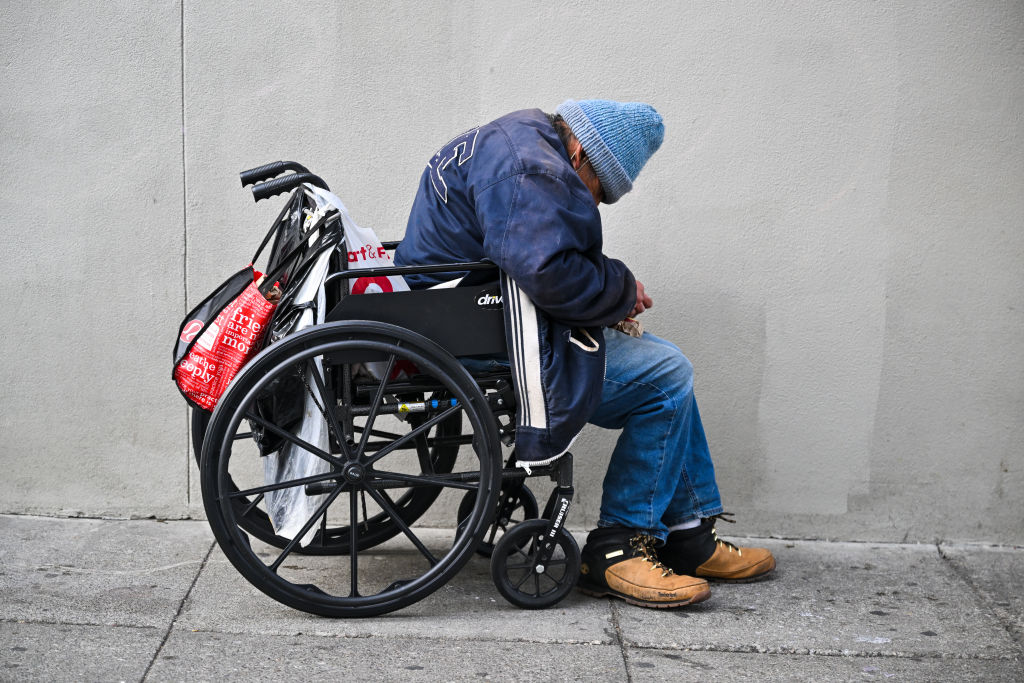
Poverty in America has, for decades, been framed as an issue of “them” rather than “us.” The poverty stricken are routinely thought to reside far outside of mainstream America. Central to this understanding is the belief that the poor haven’t worked hard enough to pull themselves up by their bootstraps—or that they’ve made bad decisions and choices throughout their lives, resulting in poverty.
There is also a strong racial component to this perception. Poverty is typically portrayed as a Black or Brown problem rather than an American problem. Furthermore, the poor are depicted as largely confined to inner cities with high crime rates and other pathological conditions, mired in poverty for generations.
Would it surprise you, then, to learn that between the ages of 20 and 75, 75 % of all Americans will spend at least one year in or near poverty? Or that only 10% of the poor live in high poverty neighborhoods? Or that, according the U.S. Census Bureau, two thirds of the poor classify themselves as White? Or that most individuals in poverty remain poor for only one or two years? All of these facts describe the actual realities of poverty, rather than the myths.
It turns out that the reach of poverty is incredibly wide. Most Americans will at some point in their lives encounter poverty. The reason for this is that during the course of a lifetime, many unanticipated events can and do occur: losing a job, families splitting up, getting sick, or even experiencing a pandemic. When such events strike, there is very little in the form of a social safety net to protect people from falling into poverty in this country. The U.S. devotes far fewer of its resources to preventing poverty than most other industrialized countries. The result is that we have the highest rates of poverty and inequality among the group of wealthy nations. In America, the poverty-stricken can be found down nearly any street, within any demographic or racial group, and across the entire political and ideological spectrum.
Read More: Nobody Cares About Homeless People Until They Die
As a society, we each pay a hefty price for having such high rates of poverty in our midst, particularly among children. As researchers of poverty and inequality, my colleague Michael McLaughlin and I estimated the annual economic cost of childhood poverty in the United States. We relied on the latest government data and social science research in making our cost estimates. In particular, we examined the effect that childhood poverty has upon future economic productivity, health care, and criminal justice costs, as well as increased outlays as a result of child homelessness and maltreatment. Adding up these expenses resulted in an eye-opening estimate that childhood poverty was costing the U.S. slightly over $1 trillion dollars a year. This represented 28% of the entire federal budget, a jarring estimate.
Impoverished children grow up possessing fewer skills and are thus less able to contribute to the productivity of the economy. They are also more likely to experience frequent health care problems and to engage in crime. These costs are borne by the children themselves, but ultimately by the wider society, as well. In this sense, the economic costs of poverty becomes an issue of “us,” rather than “them.”
Most of us are familiar with the saying, “An ounce of prevention is worth a pound of cure.” It turns out that this is particularly true in the case of poverty. It is not a question of paying or not paying. Rather, it is a question of how we pay, which then affects the amount we end up spending. In making an investment up front to alleviate poverty, the evidence suggests we will be repaid many times over by lowering the enormous costs associated with a host of interrelated problems.
Shifting our understanding of poverty from a perception of “them” to one of “us” can begin to awaken Americans’ understanding of this deeply rooted economic and social problem. If poverty is no longer confined to strangers, we can’t comfortably sit back and believe that we’re unaffected. The reality is that, in one way or another, each of us are harmed by this scourge upon our landscape—either directly through experiencing poverty at some point in our lives or by sending our tax dollars to pay for the high cost of poverty. Such an understanding is essential to motivate both the general public and policy makers into confronting poverty.
Poverty can and must be reduced. But it starts with the simple recognition that each of us are harmed by the high rates of U.S. impoverishment. For, as Benjamin Franklin wisely pointed out at the signing of the Declaration of Independence, “We must, indeed, all hang together or, most assuredly, we shall all hang separately.”
More Must-Reads from TIME
- Cybersecurity Experts Are Sounding the Alarm on DOGE
- Meet the 2025 Women of the Year
- The Harsh Truth About Disability Inclusion
- Why Do More Young Adults Have Cancer?
- Colman Domingo Leads With Radical Love
- How to Get Better at Doing Things Alone
- Michelle Zauner Stares Down the Darkness
Contact us at letters@time.com